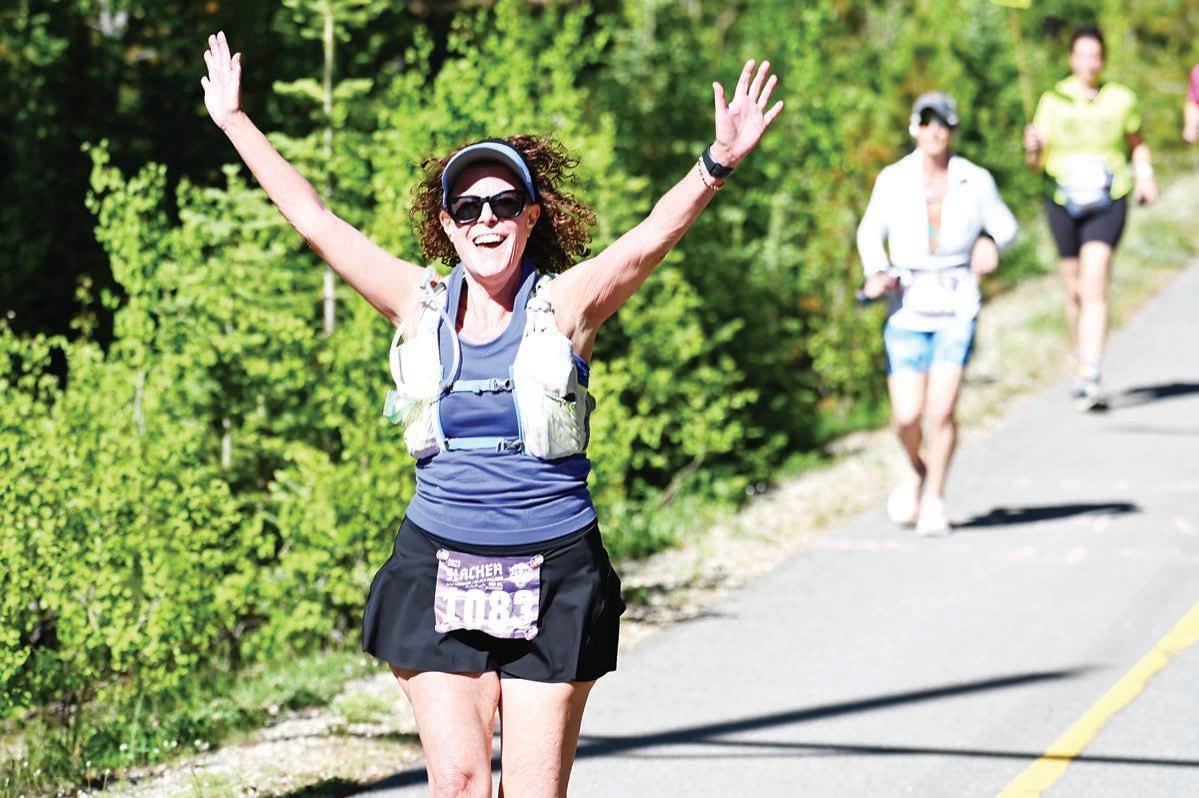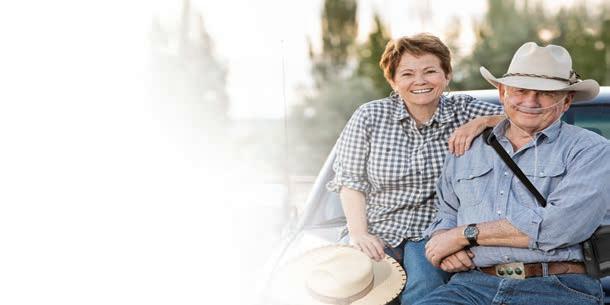
2 minute read
Georgetown’s Slacker Half Marathon a special feat for heart transplant recipient
BY DEBORAH SWEARINGEN SPECIAL TO COLORADO COMMUNITY MEDIA
When Sedalia resident Andrea Ogg received a heart transplant in July 2018, she made a promise with herself to live a full life in honor of her donor.
As Ogg competed in the Slacker Half Marathon from Loveland Ski Area to Georgetown on June 24, she hoped to embody that promise.
“For me, the half marathon is the exclamation point on that sentiment of my just unending gratitude that someone made this decision (to donate their heart),” she said. “It’s a big responsibility.”
Ogg, now 57, was born with a rare congenital condition called left ventricular noncompaction cardiomyopathy, in which the lower left chamber of the heart doesn’t develop correctly. However, she didn’t learn about the condition until an unrelated echocardiogram in her mid-30s.
For years, she struggled to exercise, fainted regularly and experienced shortness of breath — all symptoms of the heart condition she didn’t know about. But she internalized the idea that she was lazy, unathletic and unmotivated to put in the work necessary to get in shape.
Learning of her heart condition was hard but also validating.
“In reality, I’d been working harder than everyone else just to get through life,” Ogg said.
After being diagnosed, she continued to manage her symptoms with a cardiac de brillator for some 15 years before her heart stopped at a play rehearsal, putting her in end-stage heart failure and on the list for a transplant.

Transplant surgery and the subsequent recovery weren’t easy. Ogg had complications that required additional procedures, and she ultimately stayed in the hospital for a month or so.
But “a rough start certainly doesn’t mean a rough life,” she said.
As an immunosuppressed person, Ogg spent much of her strict pandemic quarantine getting in shape. She got outside and hiked a lot before deciding to begin training for the Slacker earlier this year.
“After a lifetime of being left behind physically, Ogg has spent the past ve years focusing on her health and tness, counseling others who are pre- and posttransplant, and checking o bucket list items, like the country’s “highest downhill half marathon,” said Cheryl Talley, director of communications and public relations for the Denver-based Donor Alliance.
Exercise is easier with a healthy heart, but there are still challenges.
For example, when Ogg’s original heart was removed, it was separated from the vagus nerve, the main nerves of a person’s parasympathetic nervous system. For the average person, this nerve system ensures the heart knows to beat faster during exercise to give their lungs more oxygen.


Some hearts reinnervate post surgery, but Ogg’s has not. is makes warming up even more crucial than it is for other runners.
“I just have to go by how I feel,” Ogg said.
For the Slacker, which descends from the base of the Loveland Ski Area more than 2,000 feet in elevation to downtown Georgetown, Ogg planned to begin walking at a brisk pace before beginning to jog.
She nished in just over 3 hours, wearing a sign honoring her heart donor for the course of the race.


According to the Donor Alliance, one donor can save up to eight lives through organ donation, and save and heal more than 75 lives through eye and tissue donation. In Colorado and Wyoming, roughly 1,500 are on the waiting list for an organ transplant.
As Ogg approaches the ve-year anniversary of the transplant that changed her life, she hopes to continue honoring her donor and raising awareness about organ donation.
“People who receive new organs can go on to live extraordinary lives,” she said. “ ere can be a misconception about what life is like for organ recipients.”








